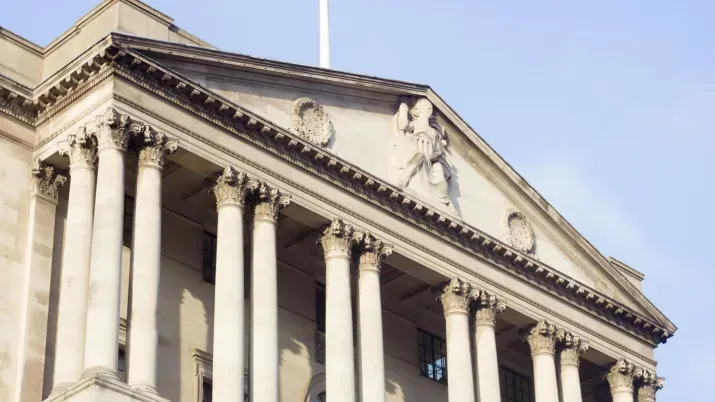Primary Bond Markets Escape Lockdown
TwentyFour
It has been a positive sign for us that despite lockdowns being enforced in most of the major economies around the world, in the last two weeks several issuers have managed to successfully raise new debt via the primary market.
Corporate treasury departments and bank syndicate desks have managed to communicate effectively enough to coordinate this issuance, even with the vast majority of them working from home. In so doing, many issuers have gained additional cash at a crucial time.
Between April 1 and April 8 we saw €36bn worth of deals successfully brought to market in non-financial debt alone. This compares with €29bn in the same category for the entirety of April 2019. In the sterling market we have seen various financial institutions issue, as well as the likes of Diageo, Experian, Volkswagen and National Grid. We feel National Grid’s 20-year debt issuance yesterday is worth further discussion.
National Grid offered investors £400m worth of paper with a 2040 maturity. The issuer’s outstanding 2038 debt was trading at a 2% yield prior to this announcement, meaning investors were receiving an additional return over the equivalent Gilt of around 1.25%. That figure is investors’ compensation for taking credit risk on National Grid, otherwise known as the credit spread. In the primary market, to make new debt attractive, companies will often offer a new issue premium (NIP), an additional spread over their debt already outstanding in the secondary market. We thought National Grid initially offered a NIP of around 0.45% on its 2040 deal, given the new issuance would yield around 2.45% (a 1.70% spread over the equivalent Gilt).
Demand for this deal was extremely strong with over £2bn of orders. So strong in fact that those running the deal felt able to tighten the initial terms, reducing the NIP from 0.45% to a mere 0.1%. Investors were evidently still happy to buy the new deal there, despite only gaining a small pick-up to existing National Grid debt. The new bond has gone on to trade up in the secondary market, likely driven by those who did not get as large an allocation as they desired (remember £2bn of orders for only £400m of paper) bidding others for their bonds.
What then can this deal tell us about the condition of credit markets? One could take the large order book as a bullish signal – a lot of money is ready to be deployed. The success of new deals recently is certainly a sign that bond markets are beginning to normalise. But thinking in particular about National Grid, which operates electricity grids with almost exclusively regulated (and thus very stable) revenues and profits, is arguably as far from COVID-19 and recessionary worries as a credit investor can get. So while there is money to go into the bond market and investors are sitting on cash piles, they are perhaps still keen to place it in what they see as the least risky sectors. National Grid’s spread at 1.30% is still more than 50% wider than where it had sat steadily pre-coronavirus.
We can see the market is normalising, but it is still pricing in extreme levels of nervousness. Looking at investment grade sterling as a whole, spreads over Gilts are still more than double their February levels. Having shot up from around 1.20% to a peak of 2.90%, they have only recovered to around 2.42%. In our view these spreads are pricing in excessive default risk, especially given the Bank of England’s support for commercial paper from investment grade borrowers and its Corporate Bond Purchase Programme. We don’t think investors have to pick winners at the moment, only survivors, and blanket central bank support should make those predictions far simpler. As fear in the corporate bond market erodes and those spreads continue to rationalise, large capital gains should accrue to the holders of such bonds.
For those wanting to come back into the markets and seeing diminished growth prospects and limited dividends in equities, corporate bonds would appear to be a much more appealing proposition.







